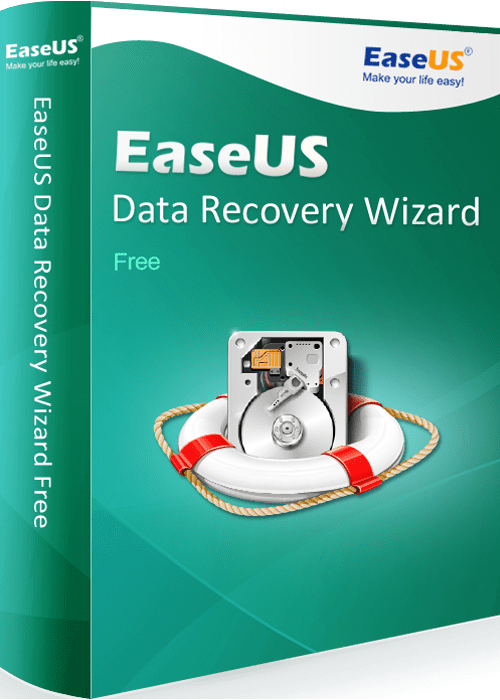Cryptocurrencies such as Bitcoin and Ethereum made their debut before society went cashless — and it still isn’t cashless. People have speculated for many years about the possibility of a cashless society, and many have mostly stopped using cash without looking back. However, this primarily applies to ‘developed’ countries.
Bitcoin and Ethereum launched as entirely non-physical currencies with no government backing, and with stronger protections against threats such as runaway inflation (thanks to coin supply limits, fixed block rewards that are reduced every so often, and effective protection against double-spending).
The banking system has been inching further into electronic money transfers over the years, but it is still incredibly cumbersome and expensive. Instead of truly modernizing and becoming more efficient, multiple remittance companies and banks are involved in every one transfer. These institutions simply cover up the problem while still taking ages and charging high fees.
The ‘efforts’ to get people into the banking system so that they can benefit from credit cards, loans, stock market investments have been largely offset by exclusion. Many people around the world (over 70% in some countries) don’t have access to banking for various reasons, and commons reasons are strict banking regulations with aggressive KYC and surveillance measures, and also the fact that banks aren’t exactly welcoming to people with low incomes.
Minimum account balance requirements and enormous fees for transferring tiny amounts are just two examples of why mainstream banking policy is unfriendly to people with low incomes. To add insult to injury, the freedom and privacy offered by cash are lost if you deposit it in a banking system — a system that has knowingly facilitated money laundering to the tune of billions of dollars.
Bitcoin has opened a window of opportunity by offering the censorship-resistance of cash and providing some degree of anonymity so that you can trade hassle-free with anyone in the world. Ethereum has opened the window to decentralized finance (DeFi) — a concept that enables you to borrow money from people without going through a bank or other centralized financial institution. These two blockchain networks combine the democracy and liberty-protecting features of cash with the benefits of electronic banking.
DeFi loans for example are accessible to anyone with an Ethereum wallet. This is a stark change from traditional finance. However, there’s a problem: Current decentralized loan protocols only allows the use of cryptocurrency as collateral. This is changing thanks to projects such as Persistence and partner projects such as Comdex that help tie it to banking and traditional finance.
In addition to staking as a service and many other things, a key benefit of Persistence is that it bridges decentralized finance with physical collateral, paving the way for the enormous traditional finance industry to utilize DeFi and its many benefits.
The ability to keep a record of which physical collateral you own maintained, replicated, and cryptographically verified by thousands of computers all over the world is surely a step in the right direction. Blockchain and smart contracts have provided unprecedented levels of automation, transparency, immutability, and accountability thanks to the transparency of blockchains.
Ethereum’s many decentralized apps (dApps) are accessible to anyone in the world, and at all times of day — from mobile phones! They don’t close at the end of the day, on weekends, or on holidays. If traditional finance institutions want to stay relevant, they should take advantage of decentralized finance and build pathways to utilize their physical custody services.
If society went fully cashless without decentralized cryptocurrencies such as Bitcoin, no one would have cash to fall back on if they don’t want to be subject to high fees or KYC and aggressive surveillance.







